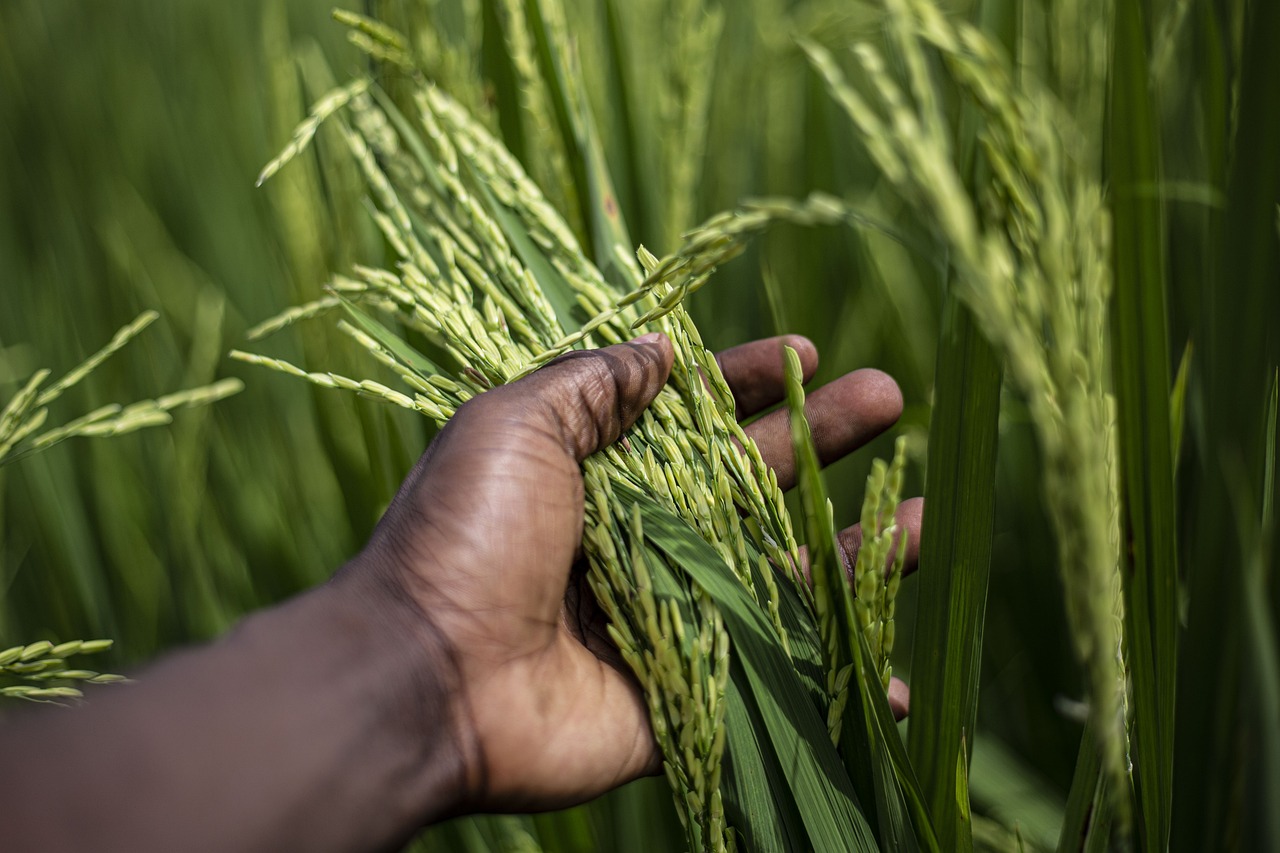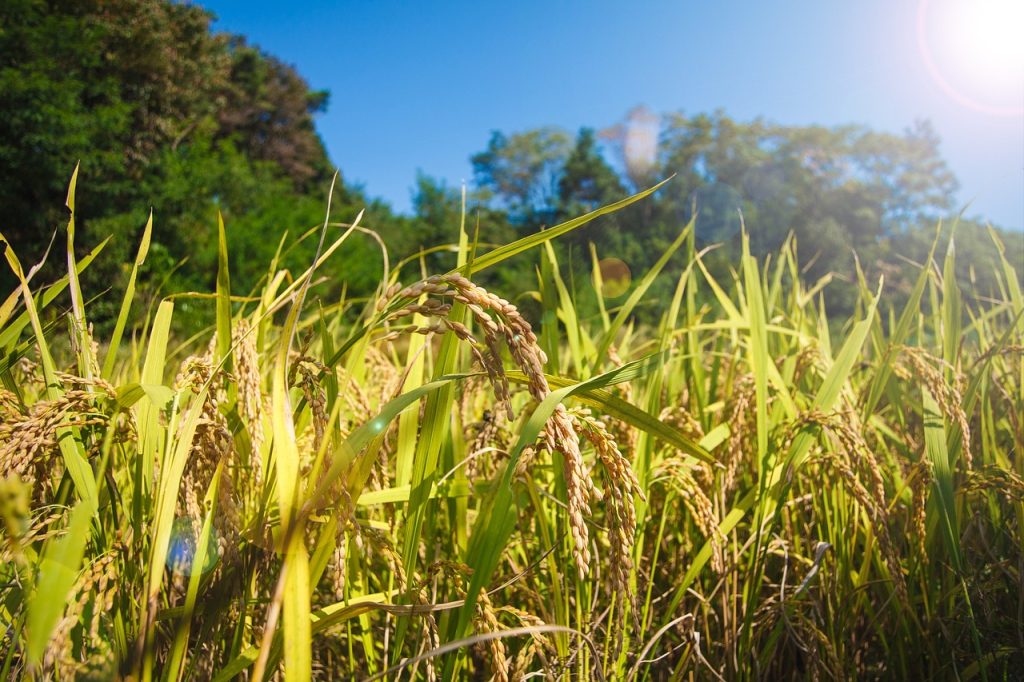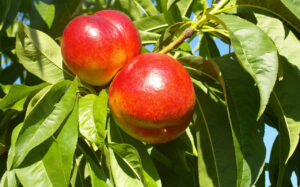Whether you have a backyard plot, a small garden, or even a patio with containers, you can grow and harvest your own rice. In this blog post, we will discuss the essentials of rice cultivation, harvesting techniques, and post-harvest processing.
Understanding Rice Varieties
Before embarking on your rice-growing journey, it’s essential to choose the right variety for your situation. There are two primary types of rice:
Upland Rice: Grown in well-drained conditions, these varieties do not require standing water and are ideal for drier regions or home gardens.
Paddy Rice: Grown in flooded fields (paddy), this is the more traditional method. If you have a wet or marshy area at home, this could be a suitable option.
Choosing the Right Variety
For home gardening, consider local conditions, including climate and soil type. Popular varieties for home gardening include:
Jasmine Rice: Known for its fragrant aroma and fluffy texture, great for Asian dishes.
Basmati Rice: A long-grain rice with a distinct flavor, perfect for biryanis.
Short-Grain Varieties: Ideal for sushi and other dishes requiring stickiness.
Preparing for Planting
Soil Preparation
Quality soil is vital for a successful rice harvest. Here’s how to prepare your planting space:
Testing the Soil: Conduct a soil test to assess pH and nutrient levels. Rice thrives in slightly acidic to neutral soils (pH 5.5 to 7.0).
Till the Soil: Break up the soil to a depth of about 8 inches. This aerates the soil and encourages healthy root growth.
Nutrient Amending: Incorporate organic matter like compost or well-rotted manure to improve nutrient availability and soil structure.
Planting Rice
Sowing Seeds: If you’re planting upland rice, sow seeds about 1-2 inches deep in rows, allowing 12-24 inches between them. For paddy rice, seeds should be sown in shallow water (about 1-2 inches) to help them germinate.
Timing: Timing is crucial. Plant rice when temperatures are consistently warm, generally after the last frost and when soil temperatures reach about 70°F (21°C).
Caring for Your Rice Crop
Watering
If you are growing paddy rice, maintaining water levels is crucial. Aim for 2-6 inches of standing water during the growing season to suppress weeds and provide nutrients. For upland rice, ensure the soil remains moist but not waterlogged.
Weed Control
Weeds can compete with rice for nutrients and water. Use mulch around plants to suppress weeds or hand-pull them carefully. Avoid using chemical herbicides, as they may harm the rice crop.
Fertilization
After a few weeks, when rice plants are about 6-8 inches tall, consider applying a balanced fertilizer to promote healthy growth. Organic options, like fish emulsion or seaweed extract, are excellent choices for home gardeners.
Harvesting Rice
Harvesting rice is a rewarding and pivotal part of the process. Here’s how you can do it:
Timing the Harvest: Rice is ready to harvest when the grains are firm and golden. The leaves will start turning yellow, and only a few grains will be green.
Cutting the Stalks: Use a sharp sickle, knife, or scissors to cut the rice stalks. Be sure to leave a few inches of stem attached to the grain.
Gathering: Bundle the cut stalks and tie them together to keep them organized.
Drying the Rice
Once harvested, it’s crucial to dry the rice properly:
Threshing: Gently beat the bundles against a hard surface or use hands to separate the grains from the stalks.
Drying: Spread the grains out in a single layer on a clean surface or screen. Drying can take several days under the sun or in a well-ventilated area until the moisture content is around 14%.
Storing Your Harvest
After drying, store your rice properly to maintain its quality:
Use Airtight Containers: Store rice in airtight glass jars or plastic containers to prevent moisture absorption.






